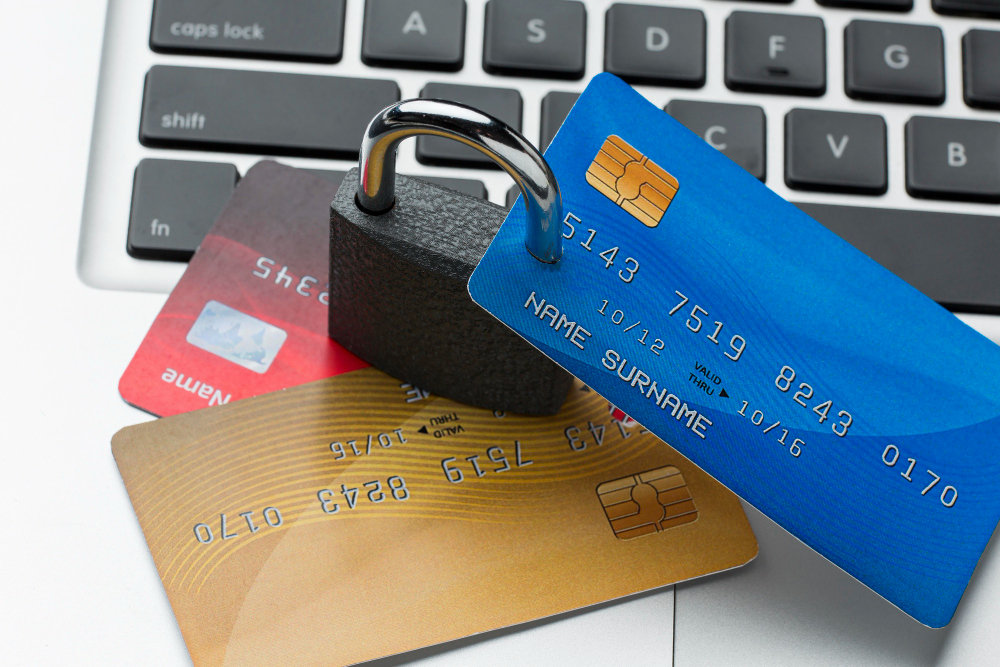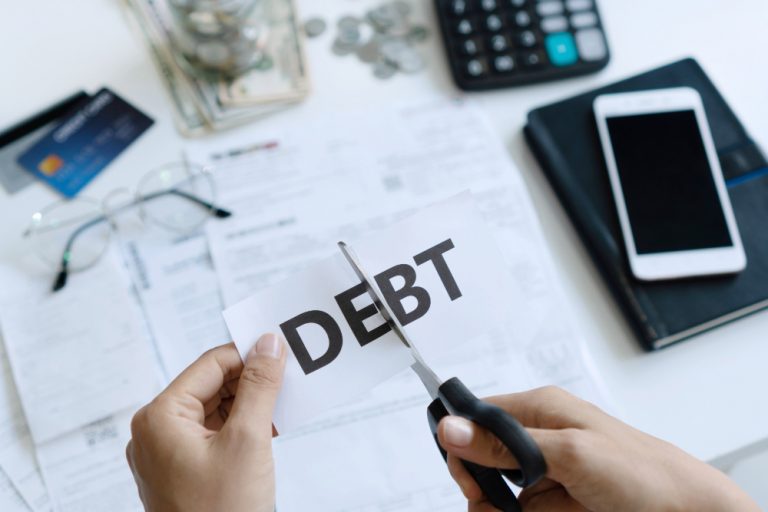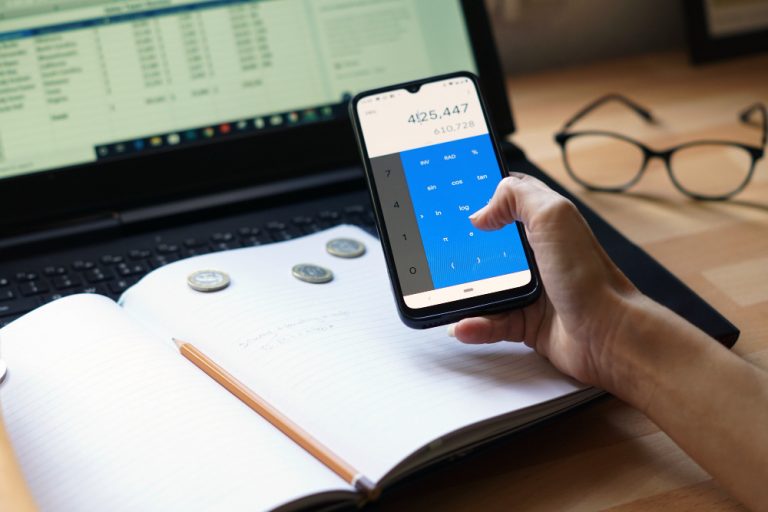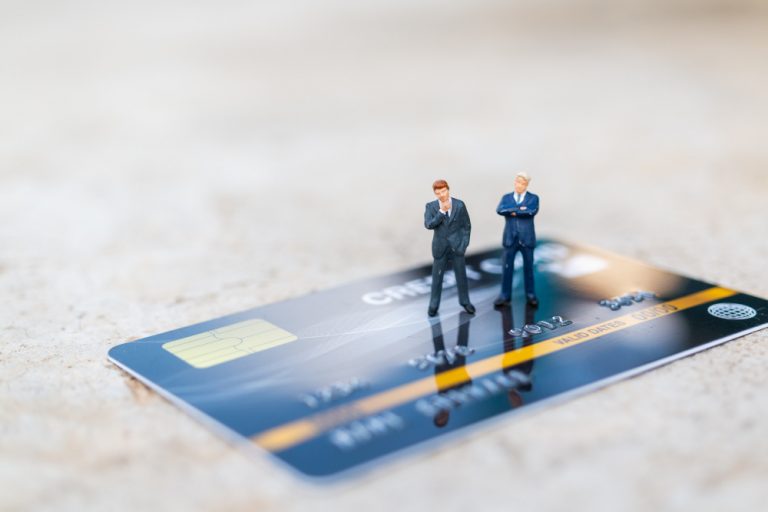How to protect your bank card from online fraud and scams
In today’s world, the use of bank cards is a common and convenient practice for making online purchases. However, it is also true that there are increasingly more possibilities of third parties accessing our card data and committing online fraud or scams. That’s why it’s essential to take measures to protect our bank information and avoid possible fraudulent situations, such as phishing scams or identity theft.
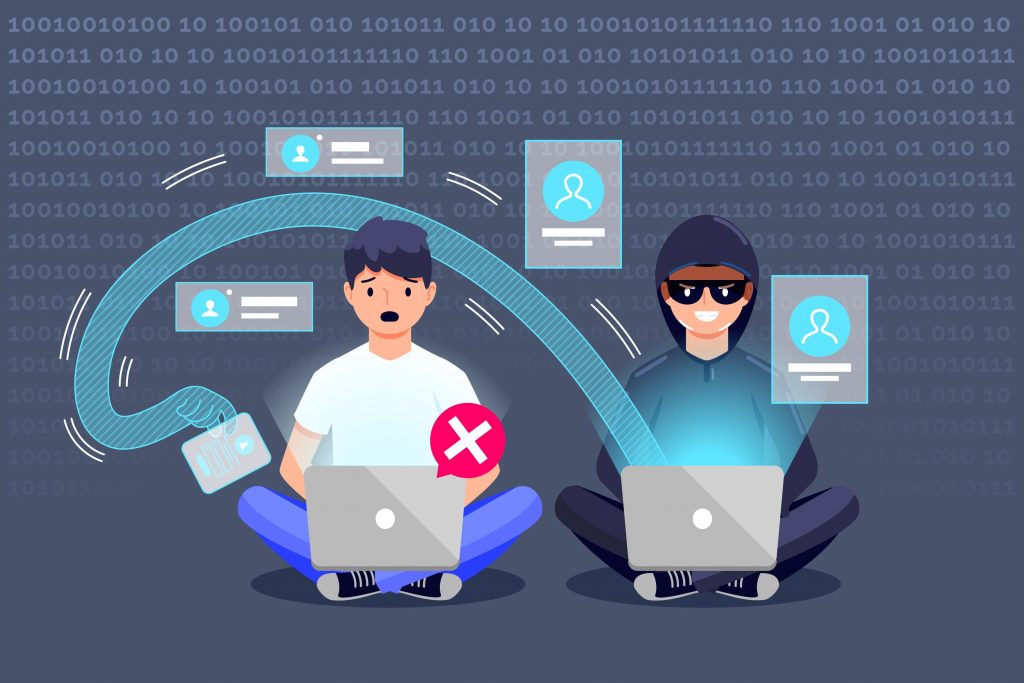
Here are some recommendations to protect your bank card:
- Verify the website’s security: Before making an online purchase, make sure the website is secure and reliable. Look for the closed padlock icon in the browser’s address bar, which indicates that the connection is secure. It is also recommended to verify that the web address starts with “https” instead of “http”. The “s” stands for “secure”.
- Do not share your banking information: Never share your banking information with third parties, even if they seem trustworthy. Identity thieves can use your banking information to commit fraud on your behalf.
- Use two-factor authentication: Two-factor authentication is a verification process that adds an extra layer of security. Instead of just entering your password, you will also be asked to enter a code sent to your mobile phone or email.
- Regularly review your account statements: Regularly review your bank statements to identify any suspicious activity or unauthorized transactions. If you detect any irregularities, immediately contact your bank.
- Regularly update your contact information: Keep your contact information, especially your email and mobile phone number, up-to-date so that you can receive security alerts from your bank.
- Use secure online payment services: Some online payment options, such as PayPal, offer an extra layer of security by protecting your banking information.
- Avoid sharing personal and financial information online: Do not share personal or financial information online unless it is absolutely necessary and you are sure that the website is secure. Phishing scams and other online frauds often attempt to obtain personal and financial information through fake emails and websites.
- Use security apps: Download security apps on your devices, such as antivirus software and malware detection programs. These apps can help protect your devices against possible attacks.
- Do not click on suspicious links: Avoid clicking on suspicious links or opening emails from unknown senders. Scammers may use these tactics to obtain personal information or install malware on your device.
- Use a virtual credit card: Some banks offer virtual credit cards that allow you to generate a temporary credit card number for online purchases. This provides an extra layer of security, as the virtual credit card number can only be used once and expires after a set period of time.
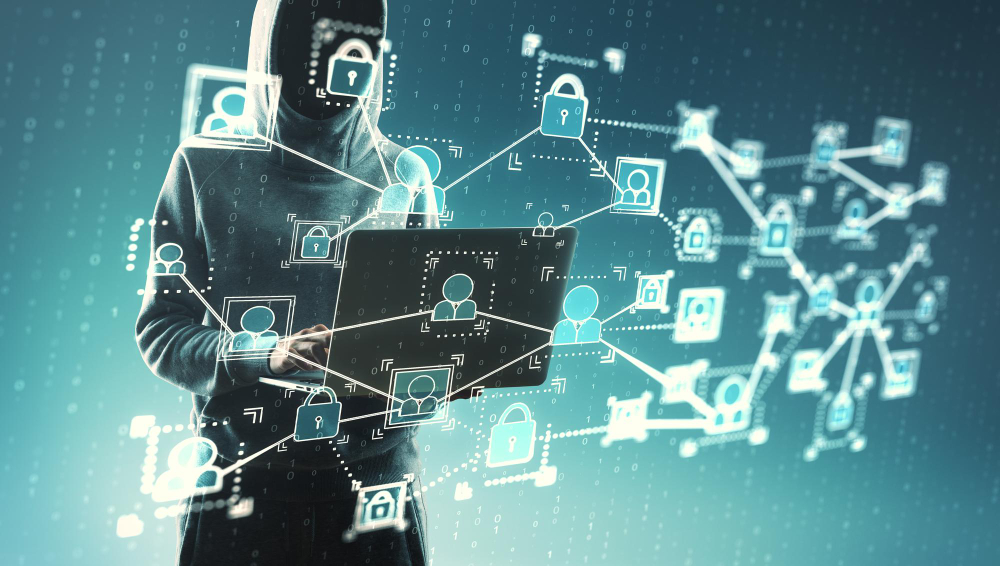
In summary
Protecting your bank card from online fraud and scams is essential to keeping your finances safe and healthy. By following these security practices, you can minimize the risk of fraud and protect your financial and personal information. If you suspect any fraudulent activity, contact your bank or card issuer immediately to resolve the issue.

